This month we provide an update on the Hôpital de la Miséricorde and analyze controversial plans by Hydro-Québec to integrate an electricity substation into the haunted site. The ghost-ridden Hôpital de la Miséricorde has been empty for years and is starting to crumble. Located on prime real estate in Downtown Montreal...
Welcome to the one hundred and eighteenth installment of the Haunted Montreal Blog!
With over 600 documented ghost stories, Montreal is easily the most haunted city in Canada, if not all of North America. Haunted Montreal dedicates itself to researching these paranormal tales, and the Haunted Montreal Blog unveils a newly researched Montreal ghost story on the 13th of every month!
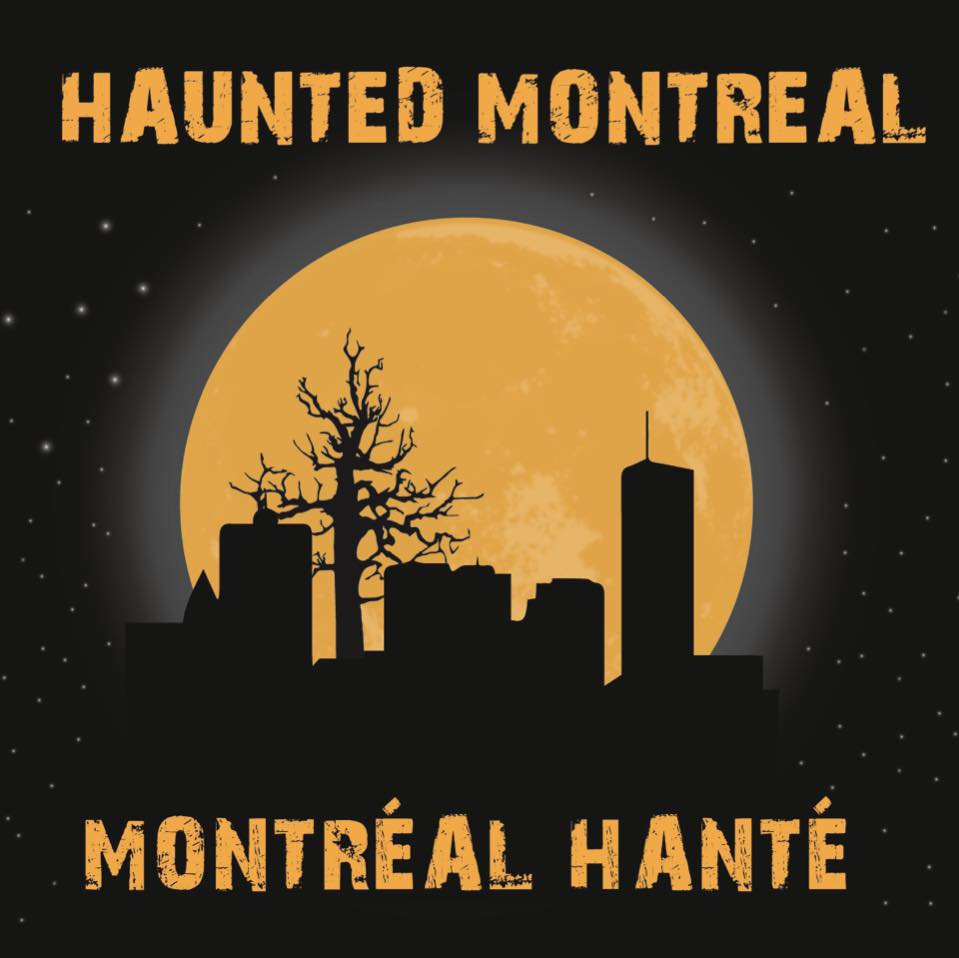
This service is free and you can sign up to our mailing list (top, right-hand corner for desktops and at the bottom for mobile devices) if you wish to receive it every month on the 13th! The blog is published in both English and French!
We are pleased to announce that our season of public outdoor ghost tours is now in full swing and tickets are on sale! These include Haunted Old Montreal, Haunted Mountain, Haunted Downtown and Haunted Griffintown. Paranormal Investigations include Old Sainte-Antoine Cemetery and Colonial Old Montreal.
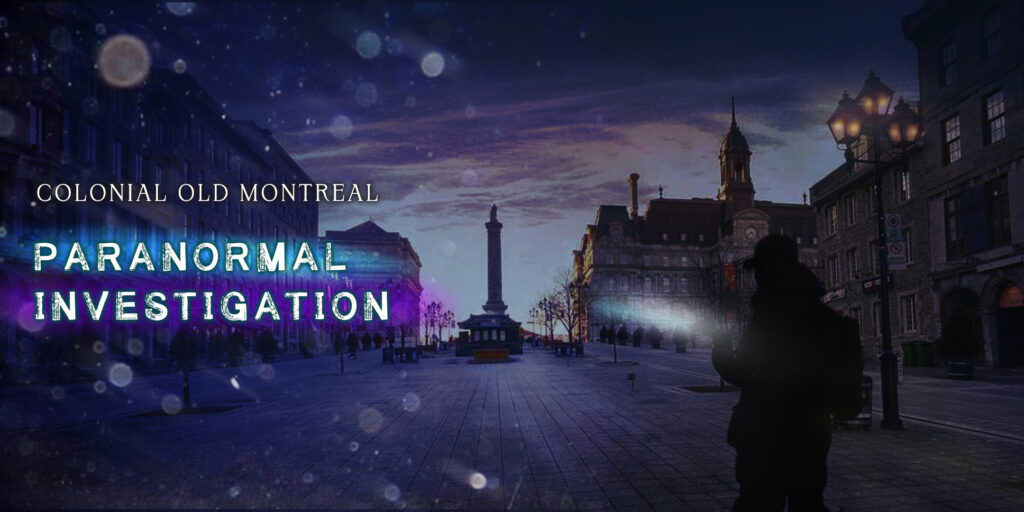
Haunted Montreal is also running our Haunted Pub Crawl every Sunday at 3 pm in English. For tours in French, these happen on the last Sunday of every month at 2 pm.
To learn more, see the schedule at the bottom of our home page and see more details in the Company News section below!
Private tours for all of our experiences (including outdoor tours) can be booked at any time based on the availability of our actors. Clients can request any date, time, language and operating tour. These tours start at $235 for small groups of up to 7 people.
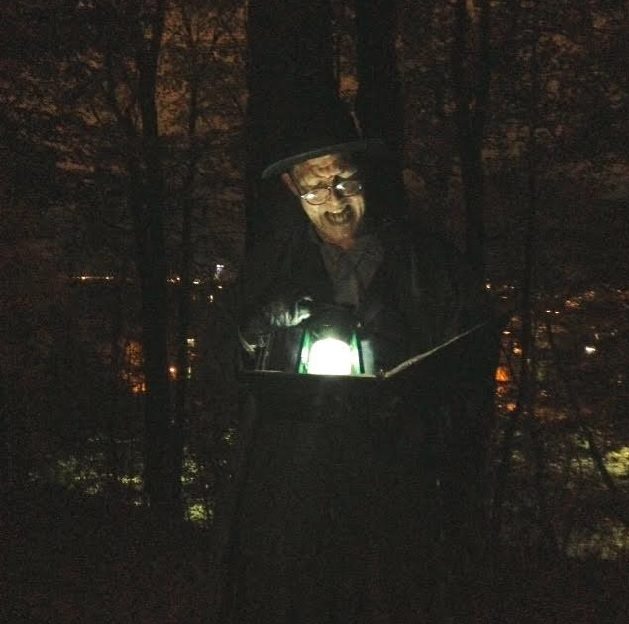
Email info@hauntedmontreal.com to book a private tour!
Lastly, we have an online store for those interested in Haunted Montreal merchandise. More details are below in our Company News section!
This month we explore a legend about the most cursed structure in Montreal – McGill University’s MacDonald Physics Building!
Haunted Research
McGill is a research-intensive university credited with many scientific discoveries and other inventions. The university boasts that its professors have discovered everything from DNA as the building blocks of genetics to neuro-scientific breakthroughs and have invented all sorts of wonders.
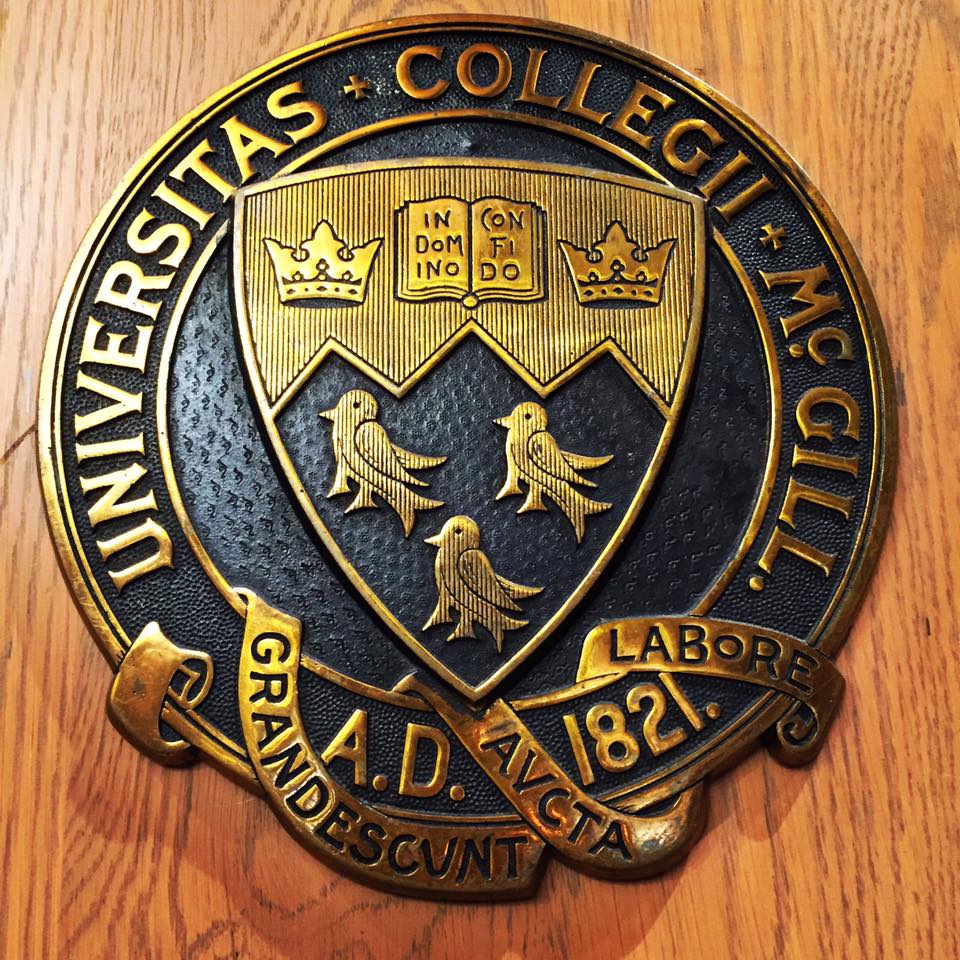
These include the world’s first artificial blood cells, gas masks, plexiglass, pre-cooked fish sticks, the Canadian national anthem and even the game of basketball itself. McGill calls these discoveries “Eureka moments that changed the world”.
However, there are certain research projects that went horribly wrong and the university tends to downplay them. One of the most devastating discoveries ever made occurred in McGill University’s MacDonald Physics Building, which is now said to be cursed.
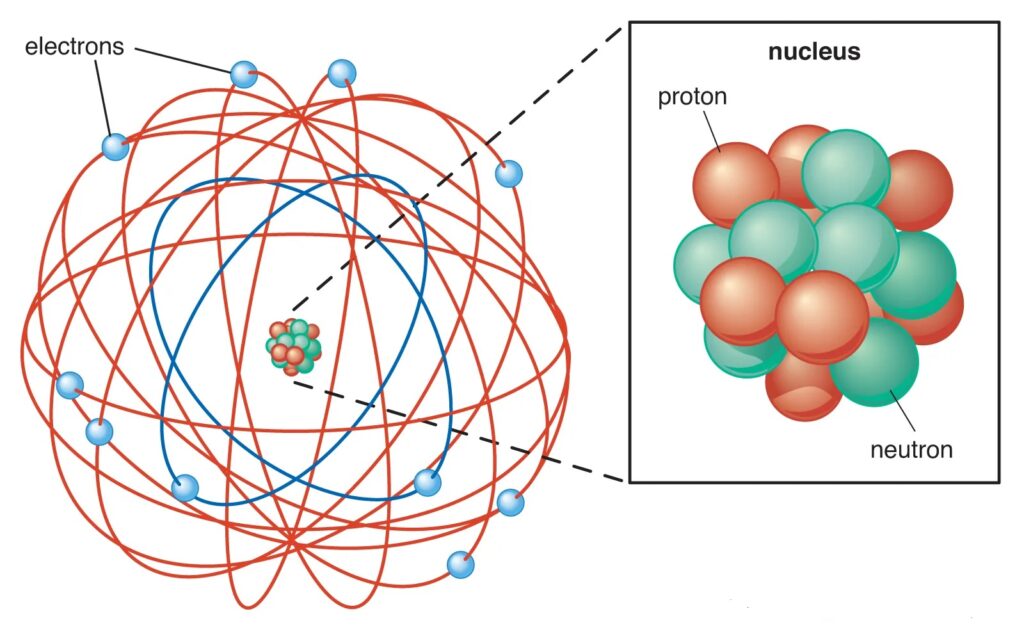
On the morning of August 6, 1945, an American B-52 bomber dropped a nuclear bomb on Hiroshima, Japan.
The bomb was called “Little Boy” and when it exploded in a fiery holocaust, an estimated 60,000 to 80,000 people were killed instantly.
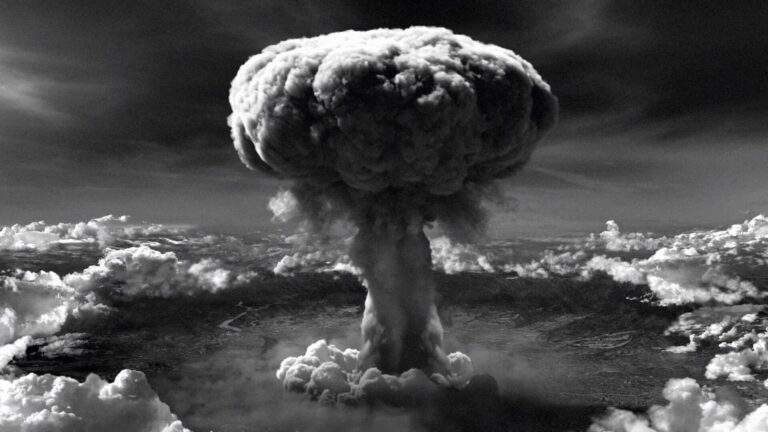
The heat from the nuclear explosion was so intense that many people were vaporized and the blast destroyed 10 square kilometers of the city and contaminated the rest with nuclear radiation. The victims included the residents of Hiroshima, Korean prisoners-of-war, and even some American POWs who were imprisoned there.
The discovery that led to the nuclear bomb happened in the MacDonald Physics Building.

The building was constructed in 1893 as a “gift” provided by Sir William Christopher MacDonald, the founder, owner and head of the MacDonald Tobacco Company.
Even though he abhorred smoking himself, he was happy to make millions of dollars by hawking the dangerous product to other people.
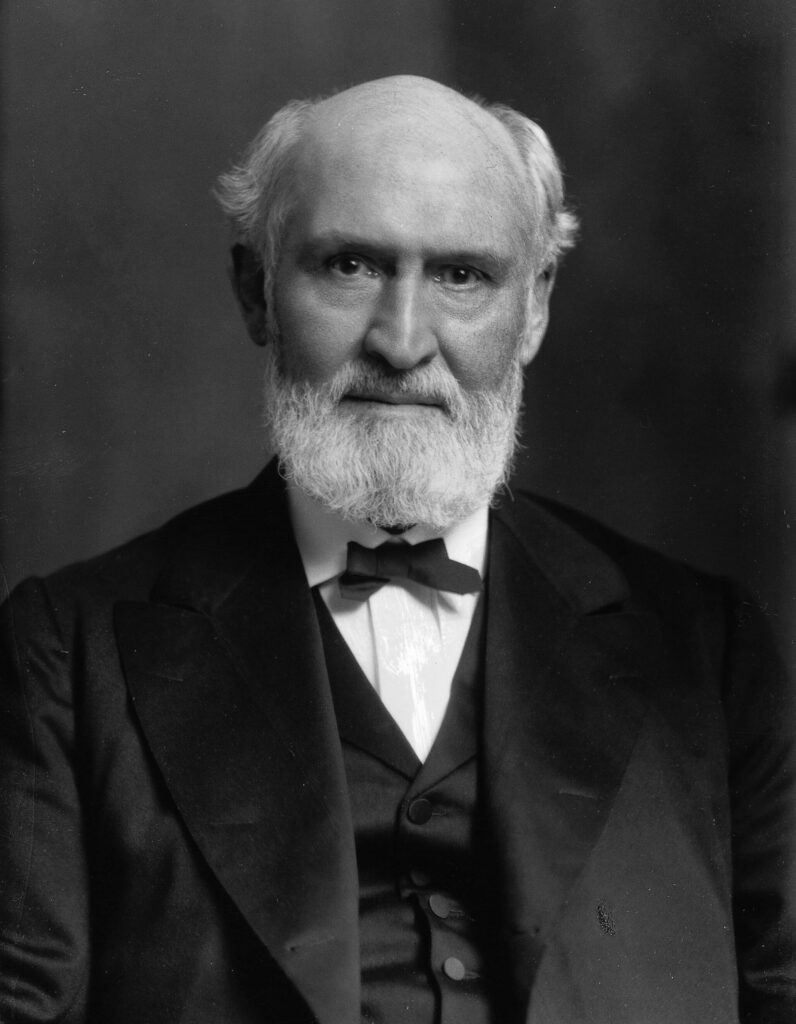
Over half of his workforce was comprised of women and children, who were paid much less than men. They did much of the hard work such as stripping, sorting, and drying the tobacco plants.
The motto for MacDonald’s company was “the tobacco with a heart.”
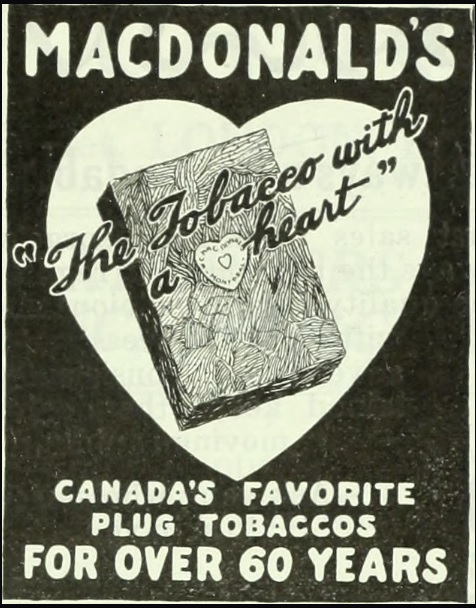
MacDonald also fancied himself a man of science so created chairs in Physics, Engineering and Chemistry at McGill University and funded the construction of various buildings.
Architect Sir Andrew Taylor, along with his partners Morley Hogle and Huntley Davis, designed the Macdonald Physics Building with particular care.
They constructed the edifice in the Richardsonian Romanesque style using only wood, masonry, copper, bronze and brass for the nails and fixtures.
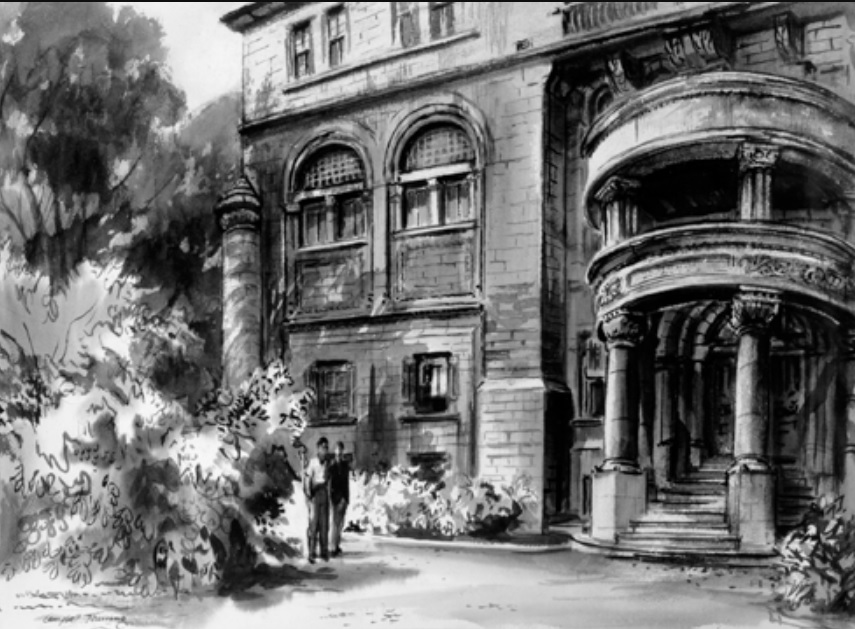
No iron or steel was used anywhere in the building to minimize magnetic interferences that could compromise experiments. The interior was made with heavy bricks and laboratories were stocked with state-of-the-art equipment for the era.
The portico has two columns, one symbolizing “Power” and the other “Knowledge”. Additionally, the entrance hall fireplace hosts a mantelpiece engraved with “Prove All Things”.

In 1898, McGill University recruited Ernest Rutherford, a young New Zealander with penetrating eyes and an awkward manner, as the new MacDonald Chair and Professor of Physics.
In 1903, Professor Rutherford had his “Eureka moment”, when he theorized that radioactive energy could be emitted from within an atom under the right conditions.

His theories about radioactivity revolutionized scientific understanding of the atom and ushered in the Atomic Age – and the nuclear bomb.
During Rutherford’s nine-year tenure at McGill, he conducted many groundbreaking experiments and remarkably published 69 papers. Described as “the father of nuclear physics”, Rutherford was awarded the Nobel Prize in Chemistry in 1908.
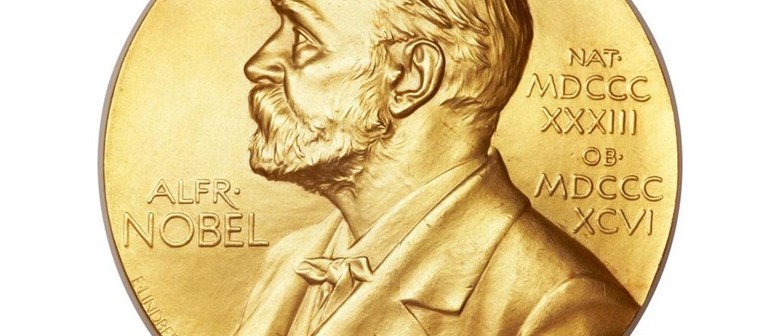
Furthermore, his colleague at McGill, Frederick Soddy, received the 1921 Nobel Prize in Chemistry for his research in radioactive decay.
However, despite these accolades that glorified McGill University for its quality research, things were about to take a very dark turn.
On the evening of the Hiroshima bombing, the Montreal Gazette sent a reporter to the MacDonald Physics Building, hoping to get an interview with Dr. John Stuart Foster, the successor of Professor Rutherford.
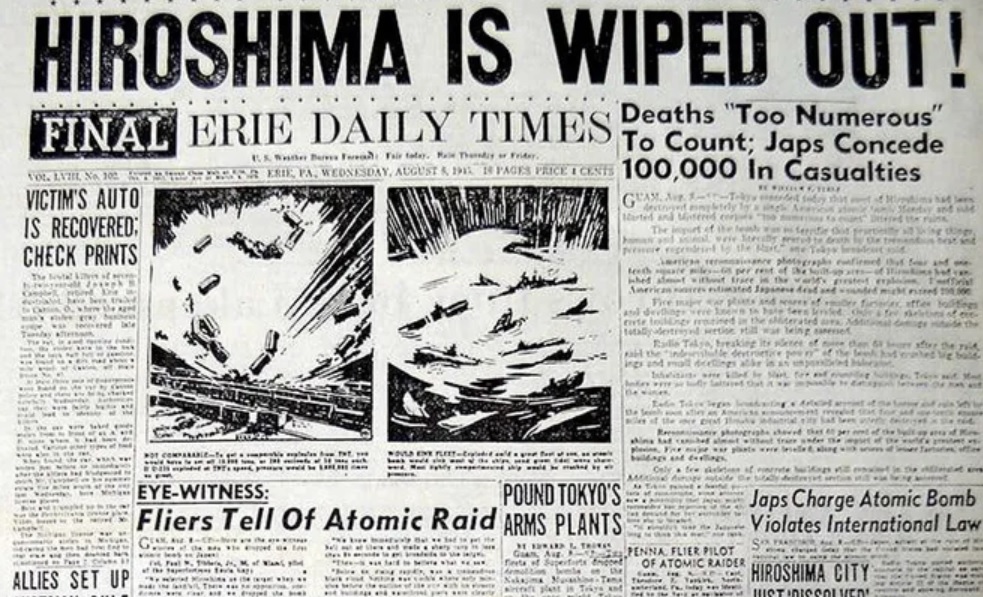
Entering the dark and deserted building, the reporter wandered the shadowy corridors until he came upon Dr. Foster, hunched over a table in one of the lecture amphitheatres.
A light shone over his table with the rest of the place darkened.

Professor Foster was rapping his knuckles on the table nervously and had a wild look in his eyes. He began talking to himself, like a madman. “It all began right here, in this building,” he muttered, “right here in this building!”
The reporter, sensing it wasn’t a good time to interview the trembling professor, snuck out, leaving Dr. Foster alone to his thoughts in the big, silent amphitheatre. As such, he had difficulty filing his article.

Professor Foster was never the same again after that evening. Rumours spread about his mental health and soon he developed the reputation of a “mad scientist”.
Since that fateful day when McGill research bore its awful fruit, it is rumoured that many other students and teachers have gone crazy working in the McDonald Physics Building.
According to legend, Mother Nature was very upset with the unnatural violation of her sacred work. As such, She cursed the McDonald Physics Building to fall into ruin.

Soon thereafter, all sorts of problems began to happen within the edifice.
Doors jammed and windows cracked. Water dripped through the ceiling when it rained. Rats, mice and insects of all sorts began infesting the building. As a result, important experiments sometimes went awry, despite the meticulous architecture designed to protect them.

Outside, the masonry began to crumble, tiles fell from the roof and various birds nested in the architectural nooks and crannies. As vines began growing up its walls, the MacDonald Physics Building began to take on a forlorn appearance.
There were also complaints among students, professors and staff working inside the cursed building. These included frequent headaches, nausea, feelings of depression and even the development of dementophobia – or the fear of going crazy.

Individuals with this phobia experience anxieties related to losing their grip on reality, such as concerns about hallucinations or the display of other psychotic symptoms.
These numerous problems did not lend themselves well to the precise scientific conditions required by the McGill Physics Department. Ironically, the hope for new “Eureka Moments” and Nobel Prizes were being thwarted by the very MacDonald Physics Building itself.
As the complaints mounted and the building continued to fall into ruin, in 1948, the McGill Physics Department created a new Radiation Lab and Cyclotron under the direction of Dr. Foster. Following his death from a heart attack in 1964, the facility was named in honor.

However, despite this new laboratory, the old MacDonald Physics Building continued to fall into ruin.
In response, McGill University erected the new Ernest Rutherford Physics Building in 1977. It was meant to provide more modern facilities and laboratories as a complement to the crumbling MacDonald Physics Building.
Built in the Brutalist style, the five-story structure was made of prefabricated concrete slabs that were individually fastened to a massive steel frame.

Precautions were made to keep the new building as stable as possible. The sensitive nature of the experiments being carried out inside its laboratories required precise conditions.
Indeed, this new and remarkable concrete structure would foreshadow the demise of the original building.
In 1982, McGill University admitted that the MacDonald Physics Building was no longer deemed fit for purpose. Officials stated: “It no longer met the needs of the modern Physics department.”

As such, the cursed, old building was shuttered, fully renovated and then repurposed into the “Macdonald-Stewart Library Building of Physical Sciences and Engineering”.
McGill University claimed: “Its sturdy structure has been well adapted to house many thousands of volumes and remains regularly filled with physicists doing research.”
However, despite its refurbishment and conversion into a library, the MacDonald Physics Building continued to slowly disintegrate.
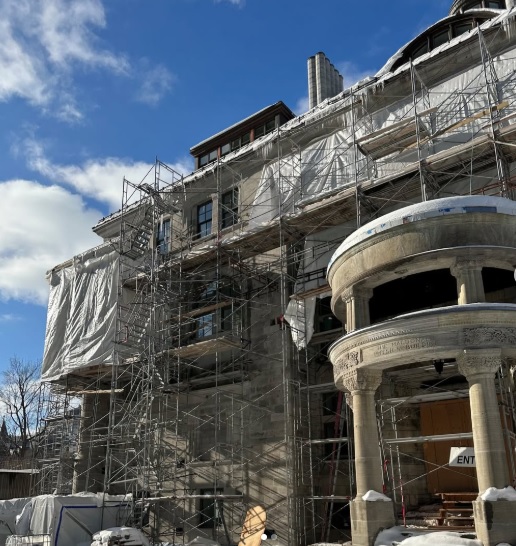
By 2019, the edifice was in dire condition. To try and prevent the building from falling apart, McGill invested $31.8-million to do a “full renovation”, which was completed in 2023.
According to the McGill Reporter:
“The core of the project consisted of repairing and upgrading the building envelope, including the deteriorating façades. Sections of the façades had in fact been covered up for many years to prevent stones from falling.”

Project Manager Johanne Guertin explained:
“We had to add structural reinforcements to the building to improve its seismic resistance, solidify the building, and secure the façade.”

However, despite the comprehensive renovations, serious concerns remain. The root problem – Mother Nature’s Curse on the MacDonald Physics Building – was never properly addressed.
Some claimed that the renovations were a “band-aid solution” to a building that was doomed to eventually collapse into ruin.
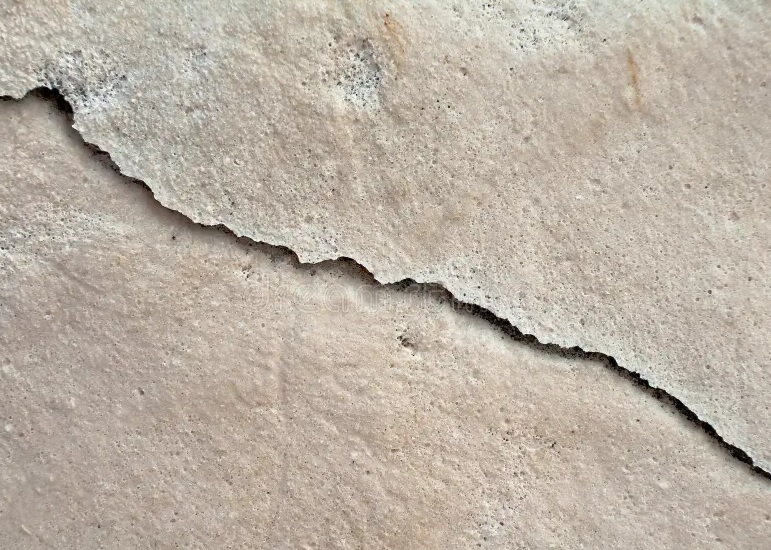
Haunted Montreal approached a McGill Philosophy Professor to elaborate on this remarkable and unique dilemma. The Professor agreed to be interviewed, based on the condition of total anonymity.
Firstly, the Professor explained that the idea that Mother Nature had cursed the building to fall into ruin was debatable. “Some people claim that it is a mere Urban Legend and nothing more,” explained the Professor.
However, for the sake of philosophical interrogation, the educator agreed to examine the “Curse” hypothesis as though it were true.

The Professor began with the following quotation:
“People need to be cautious because anything built by man can be destroyed by Mother Nature.”
He attributed the quote to American Lieutenant-General Russel Honoré, who led rescue efforts during the 2005 Hurricane Katrina disaster in New Orleans.

The Professor explained that Mother Nature is known to strike back against destructive human activity, stating: “It could be in the form of planetary warming, natural disasters, global epidemics and other powerful forces.”
When questioned specifically about the MacDonald Physics Building, the Philosophy Professor said: “If the curse is indeed true, they should just probably just allow it to fall into ruin.”
“Indeed”, added the Professor, “in doing so, McGill University could achieve another Eureka moment – and learn the valuable lesson to stop interfering with Mother Nature! Plus, crumbling ruins in the middle of the campus could provide compelling pedagogical opportunities for study and reflection. Maybe they could even partner with the Hiroshima Peace Memorial – or Genbaku Dome – in Japan!”
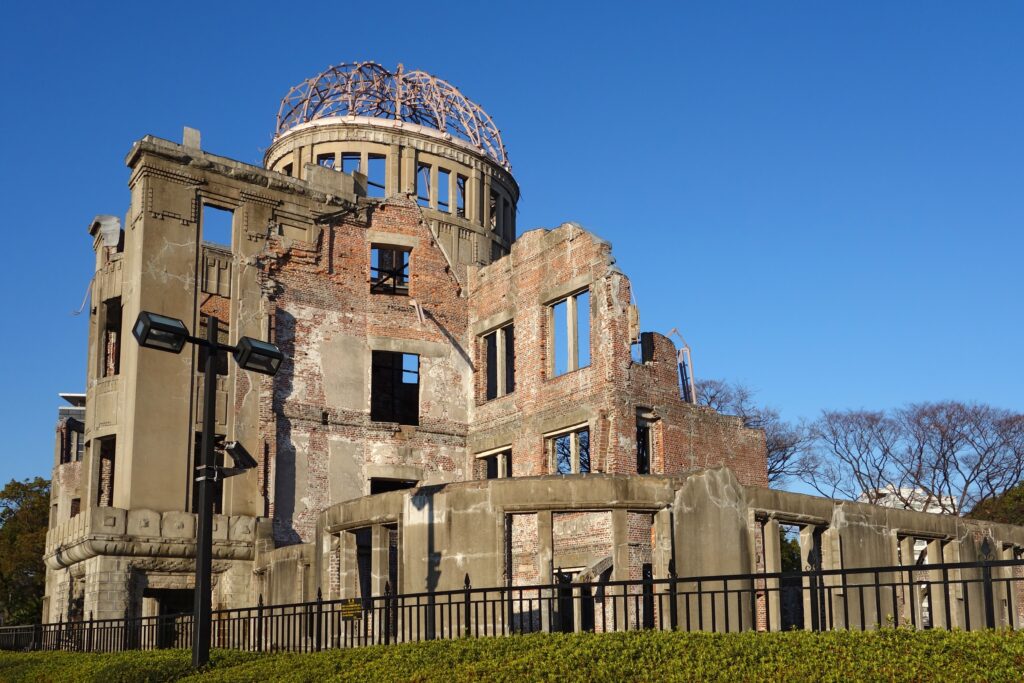
As such, all eyes are on the newly renovated MacDonald Physics Building to see if and when it will begin slowly falling into ruin again.
Company News
Haunted Montreal’s season of public outdoor ghost tours is now in full swing and tickets are on sale! These include Haunted Old Montreal, Haunted Mountain, Haunted Downtown and Haunted Griffintown. Paranormal Investigations include Old Sainte-Antoine Cemetery and Colonial Old Montreal.
We are also running our Haunted Pub Crawl every Sunday at 3 pm in English. For tours in French, these happen on the last Sunday of every month at 2 pm.
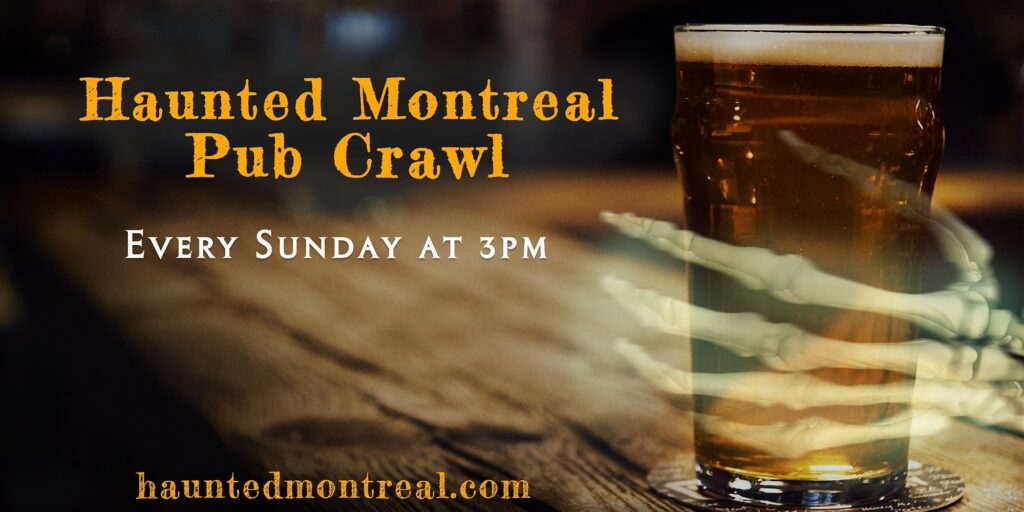
Private tours for any of our experiences (including outdoor tours) can be booked at any time based on the availability of our actors.
Clients can request any date, time, language and operating tour. These tours are based on the availability of our actors and start at $235 for small groups of up to 8 people.

Email info@hauntedmontreal.com to book a private tour!
You can also bring the Haunted Montreal experience to your office party, house, school or event by booking one of our Travelling Ghost Storytellers today.

Hear some of the spookiest tales from our tours and our blog told by a professional actor and storyteller. You provide the venue, we provide the stories and storyteller. Find out more and then contact info@hauntedmontreal.com
Our team also releases videos every second Saturday, in both languages, of ghost stories from the Haunted Montreal Blog. Hosted by Holly Rhiannon (in English) and Dr. Mab (in French), this initiative is sure to please ghost story fans!

Please like, subscribe and hit the bell!
In other news, if you want to send someone a haunted experience as a gift, you certainly can!

We are offering Haunted Montreal Gift Certificates through our website and redeemable via Eventbrite for any of our in-person or virtual events (no expiration date).
Finally, we have an online store for those interested in Haunted Montreal merchandise. We are selling t-shirts, magnets, sweatshirts (for those haunted fall and winter nights) and mugs with both the Haunted Montreal logo and our tour imagery.
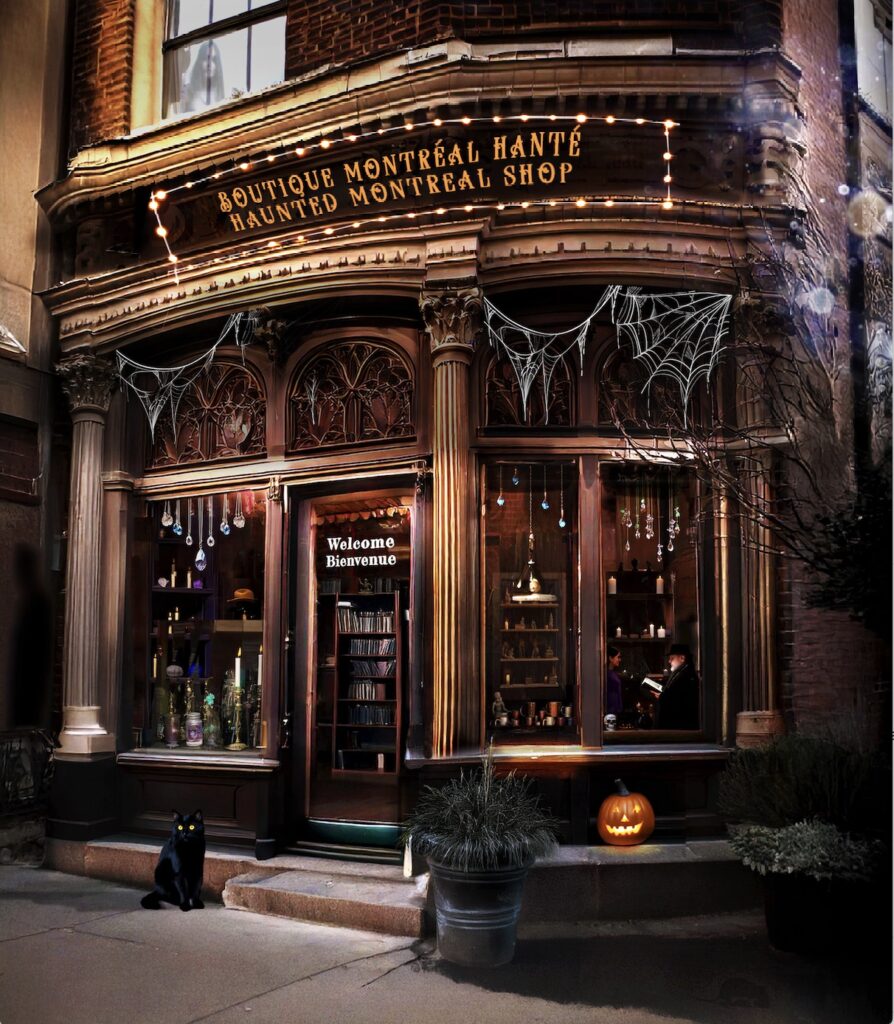
Purchases can be ordered through our online store: shop.hauntedmontreal.com
Haunted Montreal has temporarily altered its blog experience due to a commitment on a big writing project!
The book is titled Haunted McGill, and is authored by yours truly, Donovan King! Our publisher is The Stygian Society.
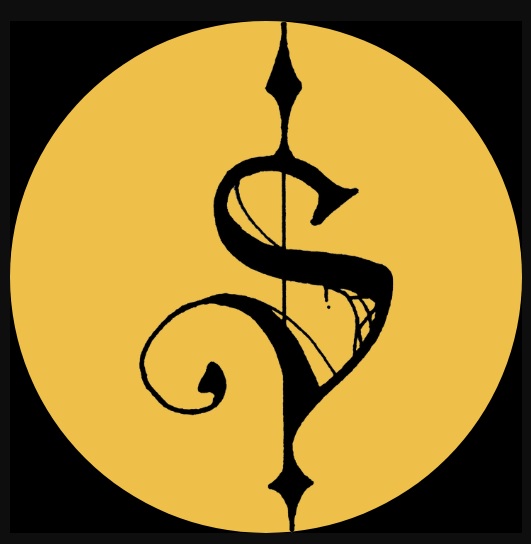
McGill University isn’t just known for its academic prestige – it’s also home to some of Montreal’s most fascinating ghost stories.
Our upcoming publication, Haunted McGill, digs into the campus’s eerie legends and real-life hauntings, taking you to key landmarks like the Arts Building, Faculty Club, Duggan House and the Allan Memorial Institute, all rumored to house lingering spirits.
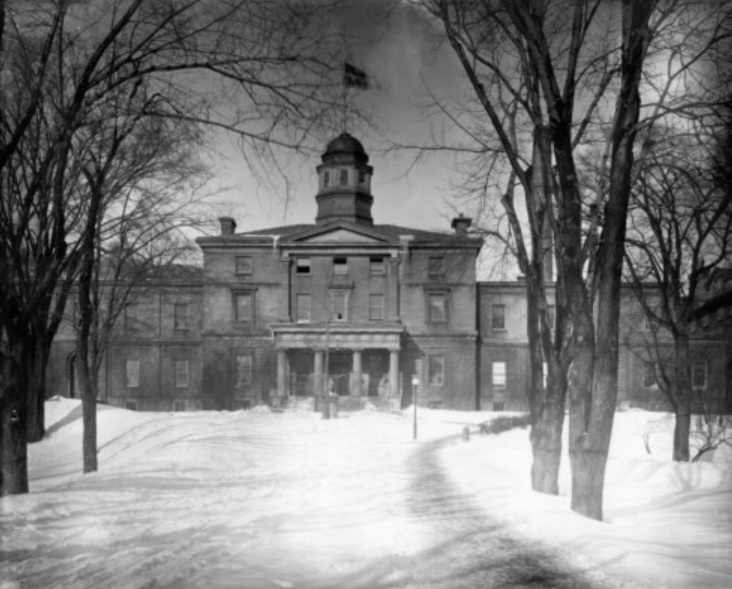
We’re crowdfunding through The Stygian Society’s Scriptorium, with the first 25 backers receiving an exclusive 1st edition copy, beautiful art prints, and other spooky treasures. Help us reach our goal by July and secure your piece of Montreal’s haunted history. To support the project please click on this link!
Until publication, new stories at the Haunted Montreal Blog will be offered every two months, whereas every other month will feature an update to an old story. As always, these stories and updates will be released on the 13th of every month!

Haunted Montreal would like to thank all our clients who attended a ghost walk, haunted pub crawl, paranormal investigation or virtual event!
If you enjoyed the experience, we encourage you to write a review on our Tripadvisor page and/or on Google Reviews – something that really helps Haunted Montreal to market its tours.

Lastly, if you would like to receive the Haunted Montreal Blog on the 13th of every month, please sign up to our mailing list.
Coming Up on July 13: Update on St. Joseph’s Oratory
Montreal’s iconic St. Joseph’s Oratory has been undergoing a major $150-million renovation since 2018. The goal is increase accessibility and create a new welcome centre, museum and observatory in the gigantic dome. However, in August of 2019, workers unearthed four pre-colonial Indigenous skeletons under the Oratory’s parking lot. In the Spring of 2023, three more sets of remains were discovered, leading to many questions and concerns about the disturbance of seven deceased Mohawk ancestors deemed to be over 1000 years old.

Author:
Donovan King is a postcolonial historian, teacher, tour guide and professional actor. As the founder of Haunted Montreal, he combines his skills to create the best possible Montreal ghost stories, in both writing and theatrical performance. King holds a DEC (Professional Theatre Acting, John Abbott College), BFA (Drama-in-Education, Concordia), B.Ed (History and English Teaching, McGill), MFA (Theatre Studies, University of Calgary) and ACS (Montreal Tourist Guide, Institut de tourisme et d’hôtellerie du Québec). He is also a certified Montreal Destination Specialist.
Translator (into French):
Claude Chevalot holds a master’s degree in applied linguistics from McGill University. She is a writer, editor and translator. For more than 15 years, she has devoted herself almost exclusively to literary translation and to the translation of texts on current and contemporary art.

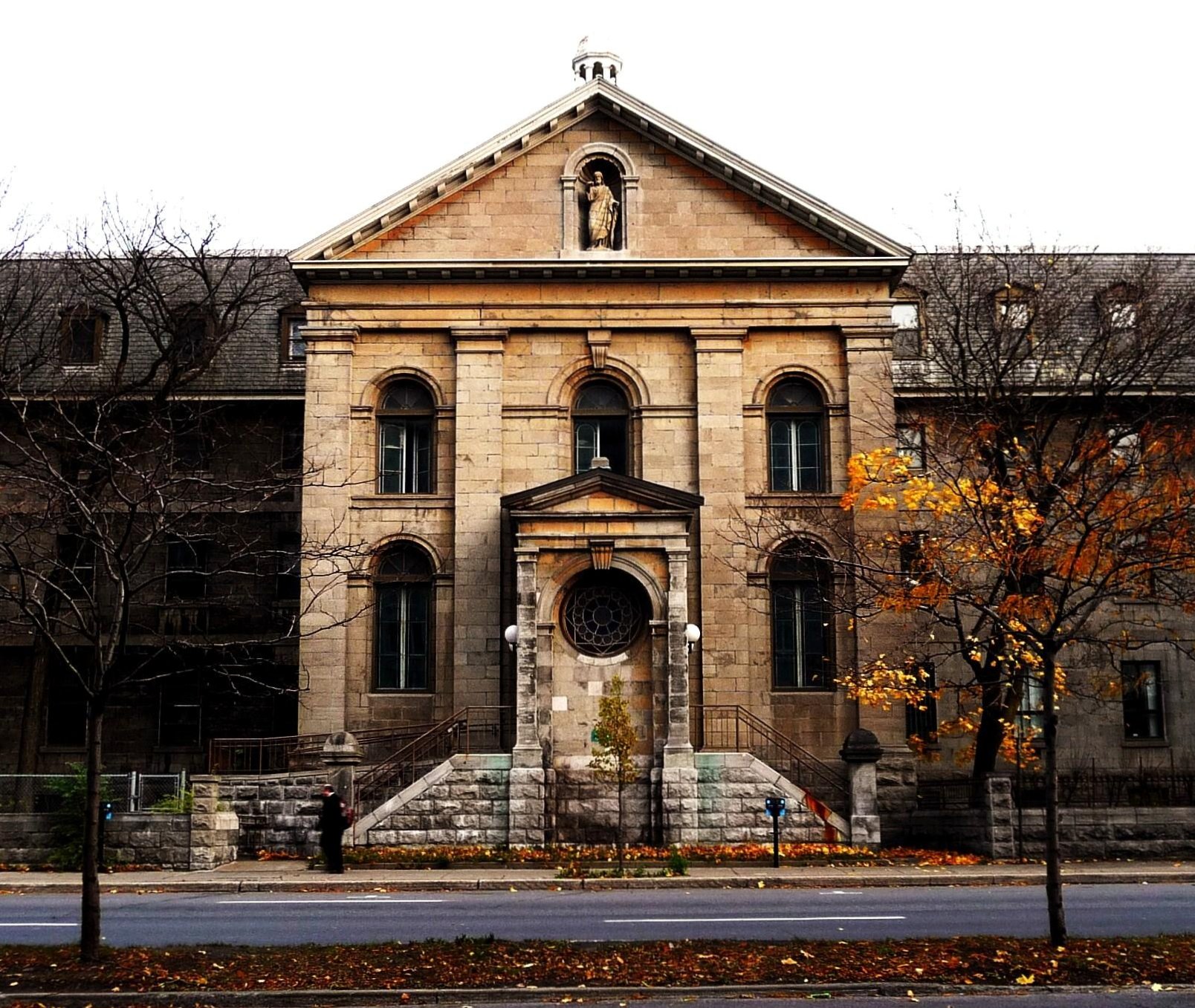

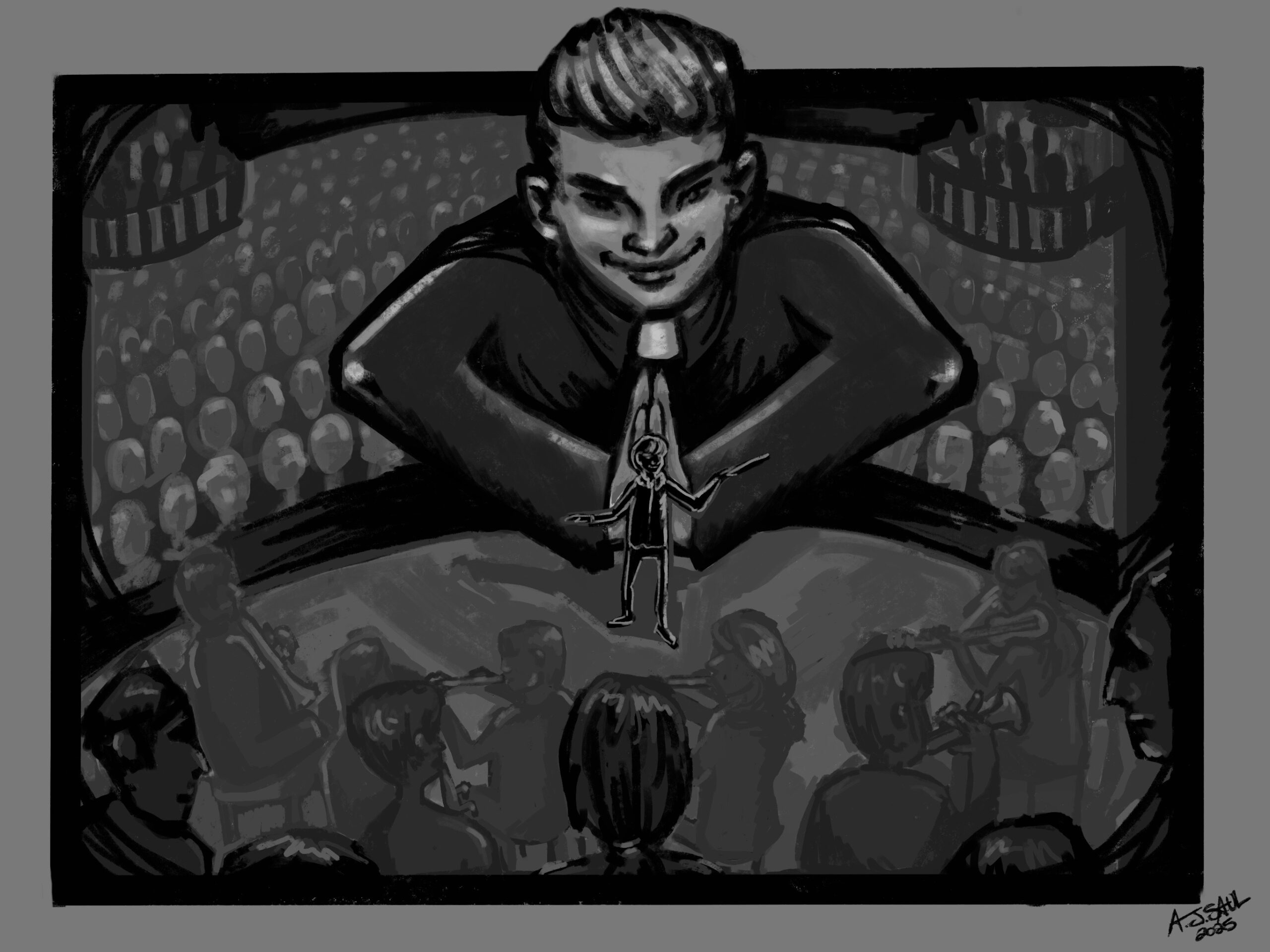
Comments (0)